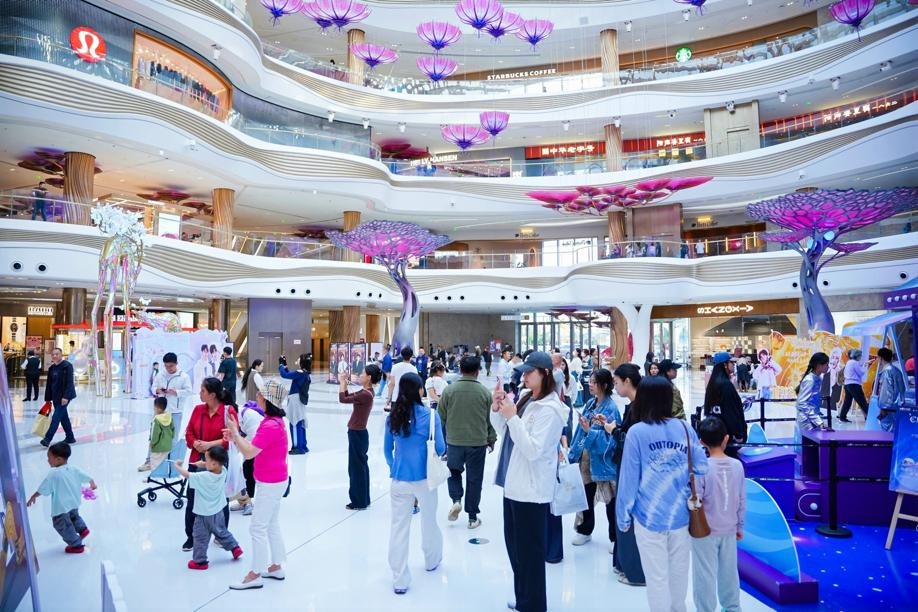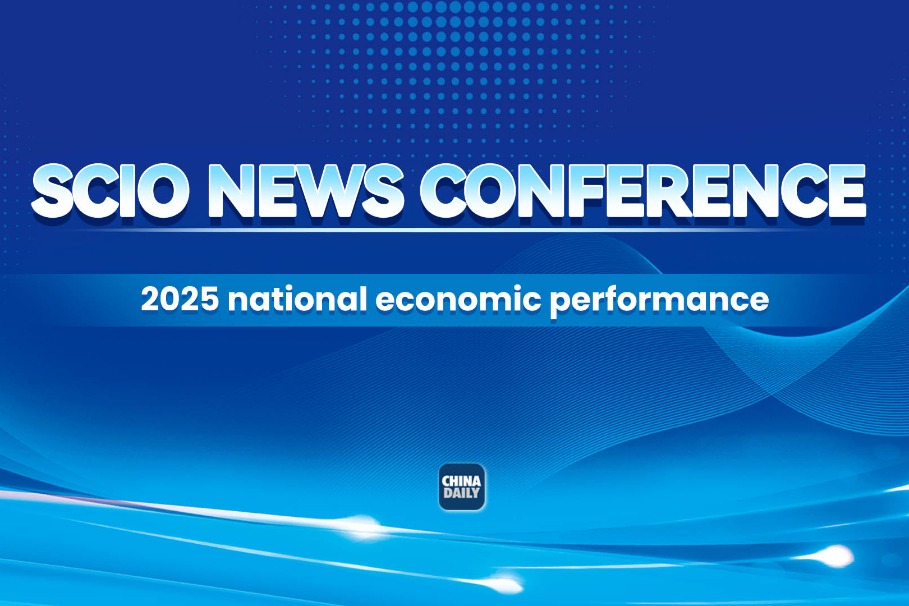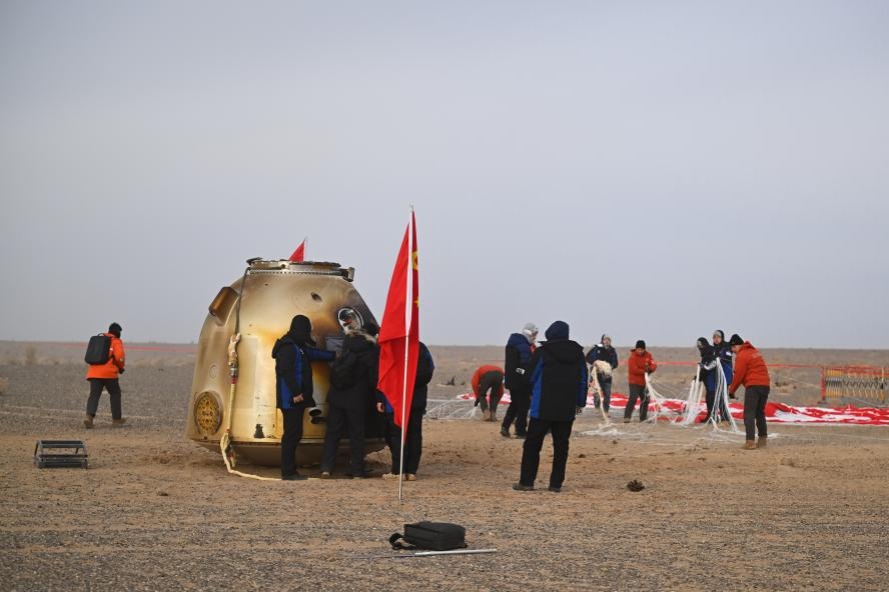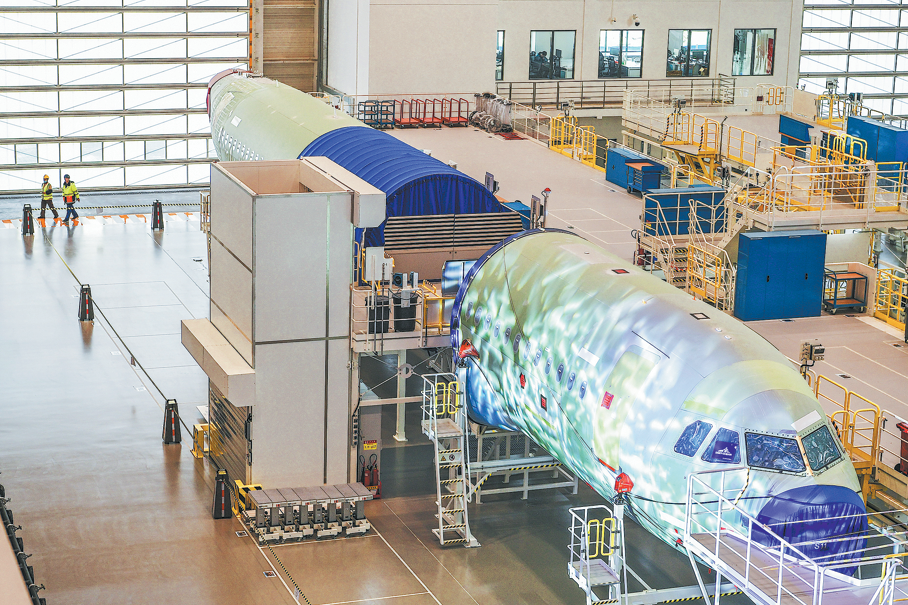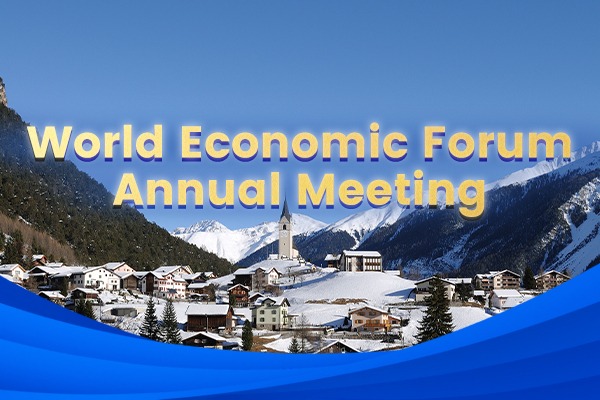Watching China's year for history

The four engagements
To the "CPC in Dialogue with World Political Parties High-Level Meeting", Xi described four views of the future: a world that is safe and free of fear; prosperous and free of poverty; open, inclusive and free of isolation; and environmentally clean and beautiful.
At the "Fourth World Internet Conference", Xi asserted how the internet posed new challenges for sovereignty, security and development.
At the"2017 Fortune Global Forum", Xi called for openness and innovation to enhance global economic growth, pledging to liberalize and facilitate trade and foreign investment in China.
And at the "South-South Human Rights Forum", Xi emphasized that "human rights must and can only be promoted in light of specific national conditions and people's needs".
The CPC's Dialogue with World Political Parties was path-setting in that it put the world on notice that a transformed CPC under Xi is reaching out globally with pride and confidence-explaining, especially to developing countries, the developmental benefits of party leadership and party building. The point of debate, as it were, has shifted from whether the China model of a perpetually ruling party (with all that entails) is good for China to how the China model is good for other countries.
At a meeting of the Political Bureau of the CPC Central Committee, Xi directed authorities to improve digital infrastructure, promote the integration and sharing of digital resources, and protect data security, in order to better serve the nation's economic and social development as well as to improve people's lives. The big vision is to turn China into a world leader in big data and a global innovation hub for artificial intelligence by 2030.
The last major event of the year was the annual Central Economic Work Conference, which identified "three tough battles" for the next three years: preventing and defusing risks (especially financial risks), eliminating absolute poverty (China's 2020 goal), and curbing pollution (for instance, encouraging investment in environmental projects). Setting three-year targets was itself an innovation (over the traditional one-year targets), thereby strengthening long-term thinking, reducing pressures to make hasty decisions, and giving markets stable expectations.
The priority of reducing absolute debt was modified to controlling a rise in borrowing, such that China's debt-to-GDP ratio does not further deteriorate. This signaled that growth would not be jeopardized and (to the disappointment of some) debt-driven growth would continue.
To contain financial risk, China will crackdown on irregular and illegal activities in its chaotic financial industry and intensify regulatory scrutiny; continue supply-side structural reform (reducing overcapacities); and maintain a proactive fiscal policy, a prudent and neutral monetary policy, and a basically stable yuan exchange rate.
Resisting arguments for shrinking State-owned enterprises, China will make SOEs "stronger, better and bigger"; and the government will seek efficiencies by becoming more of an investor and less of an operator.
China pledged to open up its markets further and to balance trade by boosting imports (US pressures, expressed vividly by Trump, were not mentioned).
Today's Top News
- China reports 5% GDP growth in 2025
- Return capsule of Shenzhou XX safely returns to Earth
- Sanya rises as magnet for Russian tourists
- China's steady opening-up for Asia-Pacific economic growth
- Blueprint seen as a boon for entire world
- 'Kill line' an inevitable outcome of US system
















